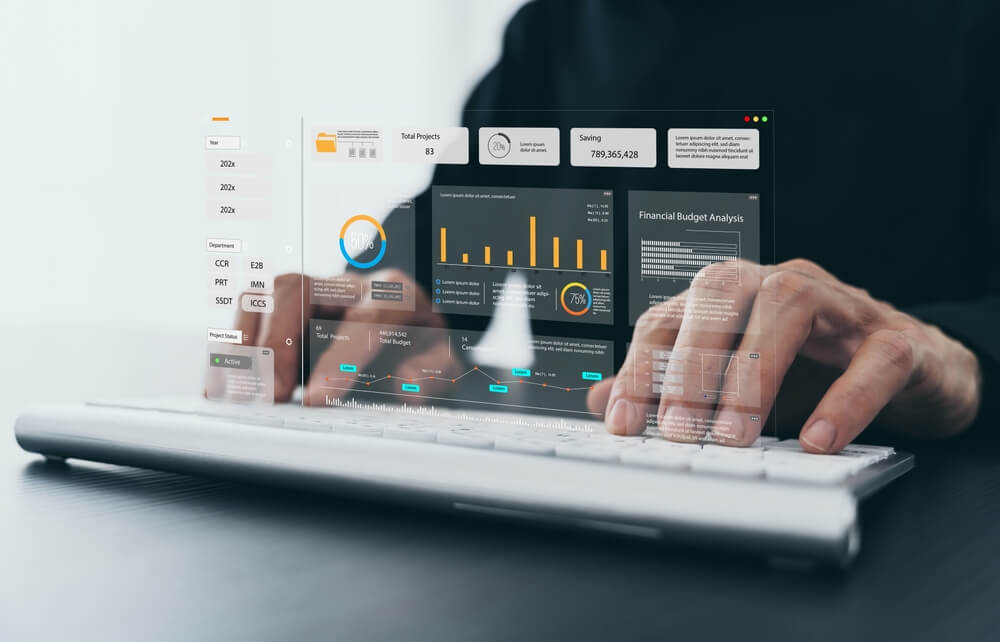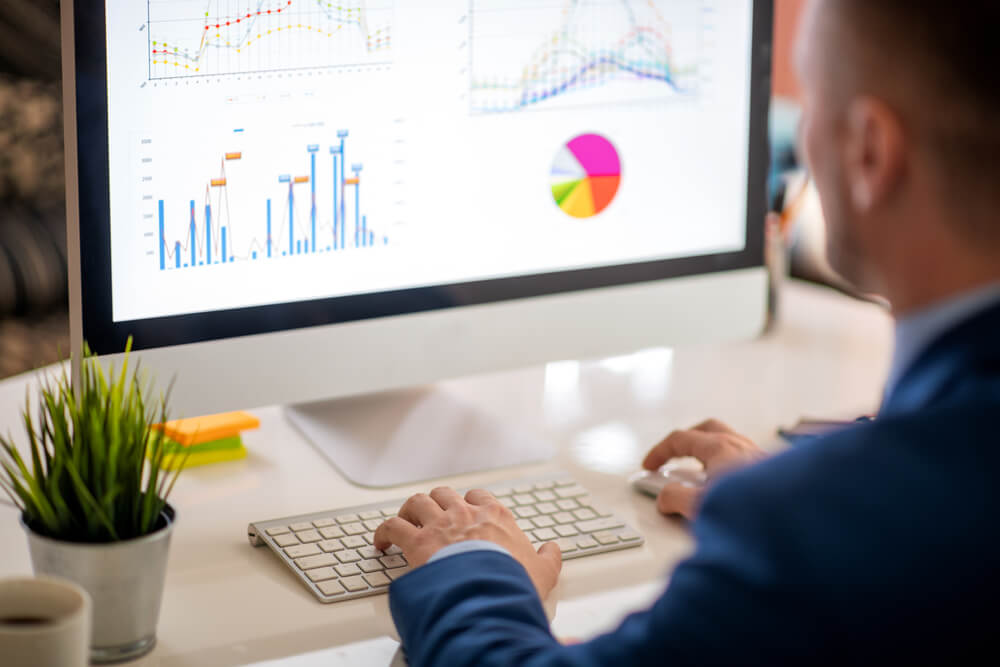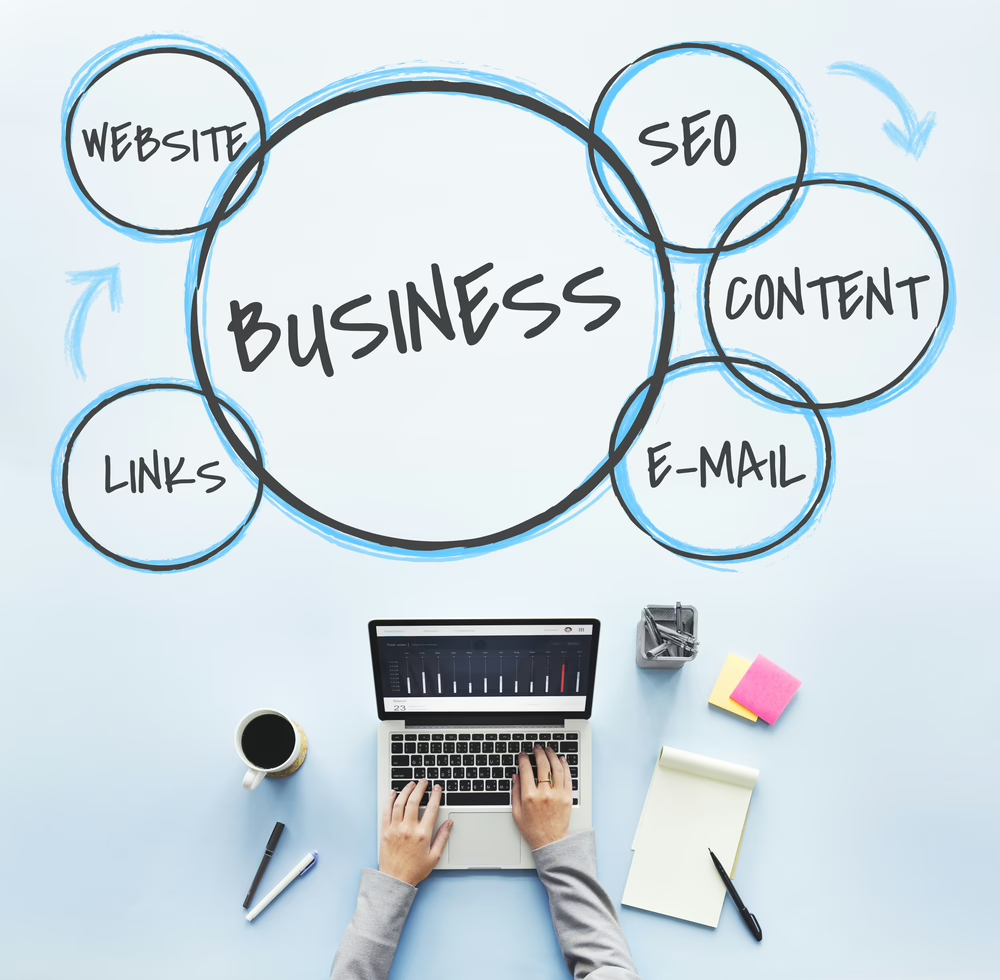
Data Analysis vs Data Analytics: Why the Differences Matter
When businesses want to create effective marketing campaigns, they rely on quality data. Unfortunately, data is complicated, and making a mistake with the various types, formats, and tools used is easy to do. One frequent mistake is failing to distinguish between data analysis and data analytics.
This guide will teach you to distinguish between analysis and analytics and learn to put them both to use, covering: Data analysis is when you convert raw figures into something easier to evaluate. Through analysis, businesses can determine the next steps in their marketing campaigns. For example, a San Diego craft brewery uses analysis to create a solid marketing plan for its new products. They analyze and evaluate historical figures to find patterns, correlations, and trends. The results can aid the brewery’s new product marketing. Marketers use various types of analysis, depending on the industry to which the business belongs and what information they seek. They can use descriptive, exploratory, inferential, predictive, prescriptive, or textual analysis. Marketers can use several approaches to analysis:
Data analysis is when you convert raw figures into something easier to evaluate. Through analysis, businesses can determine the next steps in their marketing campaigns. For example, a San Diego craft brewery uses analysis to create a solid marketing plan for its new products. They analyze and evaluate historical figures to find patterns, correlations, and trends. The results can aid the brewery’s new product marketing. Marketers use various types of analysis, depending on the industry to which the business belongs and what information they seek. They can use descriptive, exploratory, inferential, predictive, prescriptive, or textual analysis. Marketers can use several approaches to analysis: Some people interchange analysis and analytics, but the two terms differ. Data analytics is the general management of figures, methods, and data collection and analysis instruments. Meanwhile, analysis is about studying a particular data set, dissecting it into pieces, and analyzing each part separately. While both are useful, the mass data involved in analytics makes it a better tool for large businesses– a small business may not have enough data to use analytics processes on. Here are some factors where analysis and analytics differ:
Some people interchange analysis and analytics, but the two terms differ. Data analytics is the general management of figures, methods, and data collection and analysis instruments. Meanwhile, analysis is about studying a particular data set, dissecting it into pieces, and analyzing each part separately. While both are useful, the mass data involved in analytics makes it a better tool for large businesses– a small business may not have enough data to use analytics processes on. Here are some factors where analysis and analytics differ:
- Definitions of data analysis and analytics
- The difference between data analysis and analytics
- Why do these differences matter?
What Is Data Analysis?
 Data analysis is when you convert raw figures into something easier to evaluate. Through analysis, businesses can determine the next steps in their marketing campaigns. For example, a San Diego craft brewery uses analysis to create a solid marketing plan for its new products. They analyze and evaluate historical figures to find patterns, correlations, and trends. The results can aid the brewery’s new product marketing. Marketers use various types of analysis, depending on the industry to which the business belongs and what information they seek. They can use descriptive, exploratory, inferential, predictive, prescriptive, or textual analysis. Marketers can use several approaches to analysis:
Data analysis is when you convert raw figures into something easier to evaluate. Through analysis, businesses can determine the next steps in their marketing campaigns. For example, a San Diego craft brewery uses analysis to create a solid marketing plan for its new products. They analyze and evaluate historical figures to find patterns, correlations, and trends. The results can aid the brewery’s new product marketing. Marketers use various types of analysis, depending on the industry to which the business belongs and what information they seek. They can use descriptive, exploratory, inferential, predictive, prescriptive, or textual analysis. Marketers can use several approaches to analysis:- Conduct A/B testing to compare one variable or test group to another. For example, a San Diego real estate firm can use A/B testing to find a better landing page design for their new condo development. They test page design elements such as call-to-actions (CTAs), fonts, headings, images, etc.
- Integrate or fuse information to improve accuracy by analyzing it from different sources. A local real estate firm can combine historical figures from various customer touchpoints to analyze overall engagement data.
- Mine data to identify patterns in big sets. After mining, marketers extract information for in-depth analysis.
- Use machine learning to automate the development of analytical research models. Artificial intelligence is becoming more useful in data analysis as it can take over repetitive analysis tasks. AI can also make more accurate analyses using quality information.
- Analyze human languages and responses using natural language processing (NLP). AI technologies help understand customer interactions with a brand. NLP allows systems to read, hear, and understand language based on figures.
What Is Data Analytics?
Data analytics has a broader scope. It covers analysis in a way that helps marketers make better data-driven marketing decisions. An analysis is part of data analytics. It also includes collection and summary, identifying trends and processes to allow data-centered decisions. Analytics is crucial for local businesses, especially in a competitive city like San Diego. Earlier, we set up a local craft brewery as an example. This business turns to analytics to predict the future performance of its products. Through analytics, they create models according to information gathered from relevant variables. Analytics is helpful for the following scenarios:- Identifying trends and patterns in information
- Finding new opportunities by examining figures
- Determining potential risks and benefits
- Helping create an action strategy
What Are the Differences Between Analysis and Analytics?
 Some people interchange analysis and analytics, but the two terms differ. Data analytics is the general management of figures, methods, and data collection and analysis instruments. Meanwhile, analysis is about studying a particular data set, dissecting it into pieces, and analyzing each part separately. While both are useful, the mass data involved in analytics makes it a better tool for large businesses– a small business may not have enough data to use analytics processes on. Here are some factors where analysis and analytics differ:
Some people interchange analysis and analytics, but the two terms differ. Data analytics is the general management of figures, methods, and data collection and analysis instruments. Meanwhile, analysis is about studying a particular data set, dissecting it into pieces, and analyzing each part separately. While both are useful, the mass data involved in analytics makes it a better tool for large businesses– a small business may not have enough data to use analytics processes on. Here are some factors where analysis and analytics differ: 1. Number of Users Involved
Data analysis usually involves one or two users. They define, examine, clean, and alter it afterward to produce a useful result. On the other hand, analytics involves more users as they need to collect and inspect larger data sets. Some users collect, some review, and some analyze data. A San Diego SEO analytics agency can provide complete SEO services for your business. An expert agency has a team of experienced and skilled members to provide the analytics needed for search engine optimization.2. Number of Stages Needed
Data analysis has fewer stages than analytics. The first stage in analysis is defining information meaningfully. Once that is done, they extract relevant information through cleansing and conversion. The final step in the analysis is reporting to stakeholders. They use the results further in analytics. Analytics has numerous stages, including analysis. It begins with the collection and inspection of business data. They process figures using various tools and technologies, which makes analytics more efficient.3. Ways to Process Data
Both techniques use technologies and tools to process data. Marketers use Excel, Node XL, SPARK, and Google Fusion for analysis. Marketers can also subject data to descriptive analysis. This form of analyzing data can be described or summarized constructively, for example, in a graph that represents the progress of the lead generation efforts of a company. The analysis offers enhanced graphical and visual representations. This ensures that every member of the marketing team and all stakeholders can easily understand the content. Meanwhile, analytics users prefer Google Analytics (GA) to gauge the success of their marketing campaigns. GA can track goals, including purchases and add-to-carts, and help discover trends and patterns in engagement. They also utilize technologies such as Python, Tableau, Excel, and more for efficient processing. When it comes to presentation, someone with no expertise in analytics might find it challenging to comprehend the results.Why Do These Differences Matter?
Learning the difference between analysis and analytics can help businesses gather, analyze, and use data to improve their businesses. However, creating a solid marketing plan involves both practices. It would not be easy to proceed with analytics without initially analyzing raw data. Once marketers analyze raw data into digestible information, analytics can turn this data into valuable insights. Businesses can learn many things from using analysis and analytics. They can use these strategies to position their marketing tactics, outsmart their competitors, and improve the customer experience.Summing Up
Data analysis and analytics are two different ways to process data. You may hear them mentioned interchangeably, especially in marketing and business operations, but distinct differences exist. An analysis is about working with raw data, cleaning, analyzing, and transforming it into meaningful insights. Companies can use these insights to fuel more intensive analytics to further understand their customers and improve their campaigns. Data analytics would be impossible without analysis. To make the best use of your data, it is always best to partner with an analytics expert, such as a San Diego analytics agency. Contact Digital Authority Partners for top analytics for local businesses and beyond.Want To Meet Our Expert Team?
Book a meeting directly here



